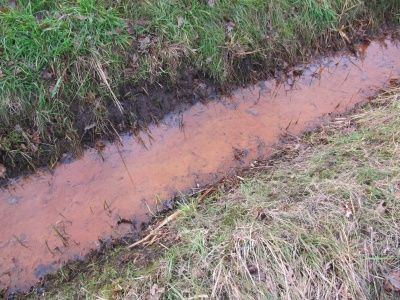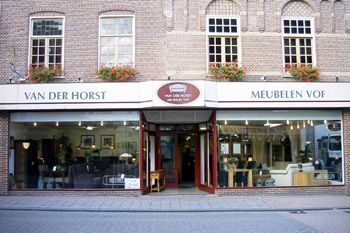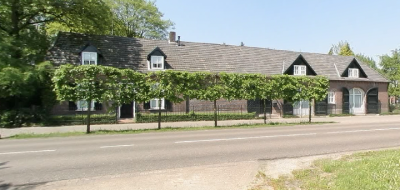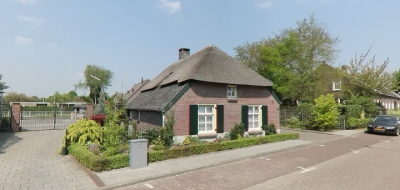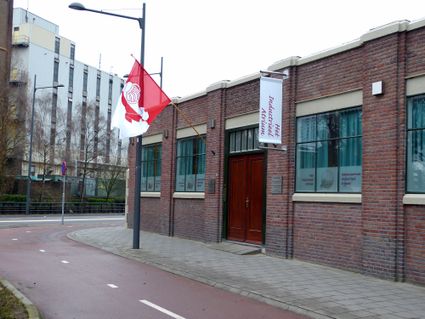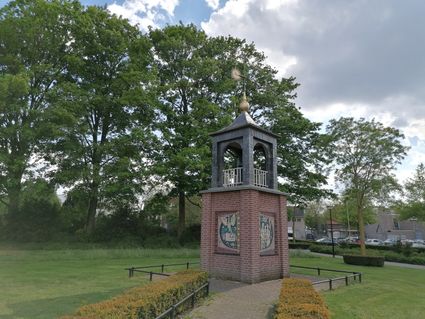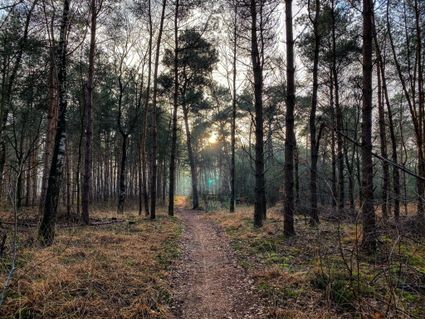Rood in de sloot van de Hazeldonklaan, Gemert
In the immediate vicinity of the Peelrand fault and its side faults, groundwater rises to the surface. Because the fault is watertight, groundwater cannot pass the fault. Upward pressure is created, causing water to rise from the subsurface. This creates a narrow strip of wet and sometimes marshy soil along the fault. This phenomenon is called wijst. The water that sometimes comes to the surface from great depths is very iron-rich. The iron in the groundwater oxidises when it comes into contact with oxygen. The iron oxide (rust) colours the water brownish-red. In various places in Gemert, this red water is clearly recognisable in the roadside ditches. This is also the case in the Hazeldonklaan, where the wijst phenomenon at the Breuk van Gemert-Zuid causes this red water.
Pointing water…
In the immediate vicinity of the Peelrand fault and its side faults, groundwater rises to the surface. Because the fault is watertight, groundwater cannot pass the fault. Upward pressure is created, causing water to rise from the subsurface. This creates a narrow strip of wet and sometimes marshy soil along the fault. This phenomenon is called wijst. The water that sometimes comes to the surface from great depths is very iron-rich. The iron in the groundwater oxidises when it comes into contact with oxygen. The iron oxide (rust) colours the water brownish-red. In various places in Gemert, this red water is clearly recognisable in the roadside ditches. This is also the case in the Hazeldonklaan, where the wijst phenomenon at the Breuk van Gemert-Zuid causes this red water.
Pointing water is groundwater and contains a lot of iron, which oxidises in contact with oxygen. This iron rust colours the water red
